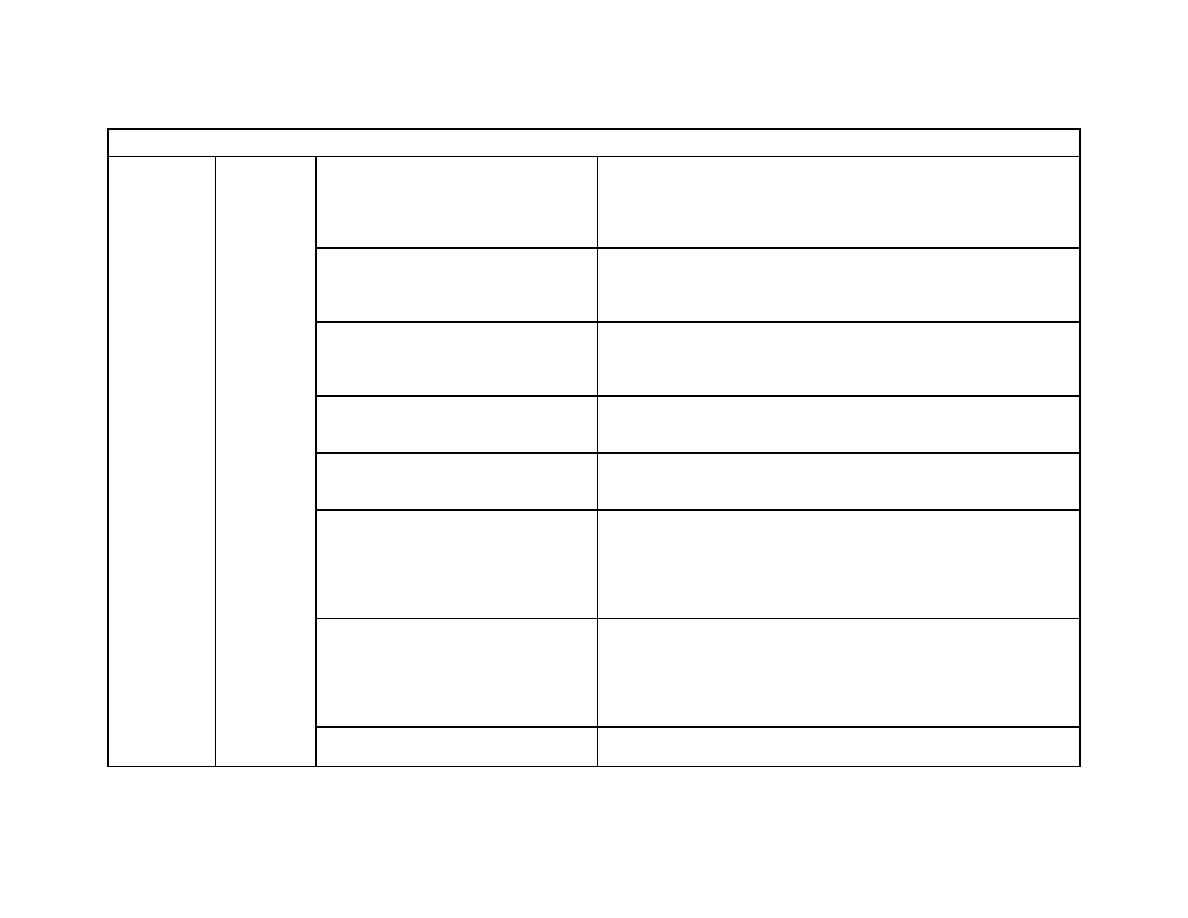 |
|||
|
|
|||
|
|
|||
| ||||||||||
|
|  DOE-STD-1120-2005/Vol. 2
HAZARD TYPES
29 CFR 1910.120 *
Requires a S&H program and site-specific S&H plan for cleanup operations
Hazardous
Chemicals
Hazardous Waste Operations and
involving hazardous substances; operations involving hazardous wastes
Substances
Emergency Response (HAZWOPER)
conducted at treatment, storage, and disposal (TSD) facilities; and emergency
response operations for releases of, or substantial threats of release of,
hazardous substances.
29 CFR 1926.65 *
Requires a S&H program and site-specific S&H plan for cleanup operations
HAZWOPER
involving hazardous substances; operations involving hazardous wastes
conducted at TSD facilities; and emergency response operations for releases
of, or substantial threats of release of, hazardous substances.
DOE/EH-0535 (June 1996)
Provides guidance for establishing and implementing comprehensive, cost-
Handbook for Occupational Safety and
effective, hazard-based worker health and safety programs that meet the
Health During Hazardous Waste Activities
requirements of DOE and DOE-adopted OSHA health and safety directives
for hazardous waste activities.
29 CFR 1910.1000 *
Provides permissible exposure limits (PELs) for most air contaminants
OSHA "Z Tables" within Subpart Z
regulated by OSHA and stipulates a hierarchy of controls to achieve
compliance.
29 CFR 1926.55 *
Provides PELs for most air contaminants regulated by OSHA and stipulates a
Gases, Vapors, Fumes, Dusts, and Mists
hierarchy of controls to achieve compliance.
(comparable to "Z Tables")
Provides worker S&H requirements for exposures to specific chemicals,
29 CFR 1910.1001--1050 *
primarily carcinogens. Includes requirements such as exposure monitoring,
Substance-Specific Standards within
worker training, exposure controls, regulated areas, and medical surveillance
Subpart Z
of workers who are potentially exposed to specific hazardous substances.
Includes standards for substances often involved in facility disposition
activities such as asbestos, lead, and cadmium.
29 CFR 1926 Subpart Z *
Contains worker S&H requirements for exposures to specific chemicals,
Substance-Specific Standards
primarily carcinogens. Includes requirements such as exposure monitoring,
worker training, exposure controls, regulated areas, and medical surveillance
of workers who are potentially exposed to the specific hazardous substances.
Includes standards for substances often involved in facility disposition
activities such as asbestos, lead, and cadmium.
DOE-HDBK-1100-96 (February 1996)
Provides guidance for performing chemical process hazards analysis required
Chemical Process Hazard Analysis
by 29 CFR 1910.119.
A-12
|
|
Privacy Statement - Press Release - Copyright Information. - Contact Us |